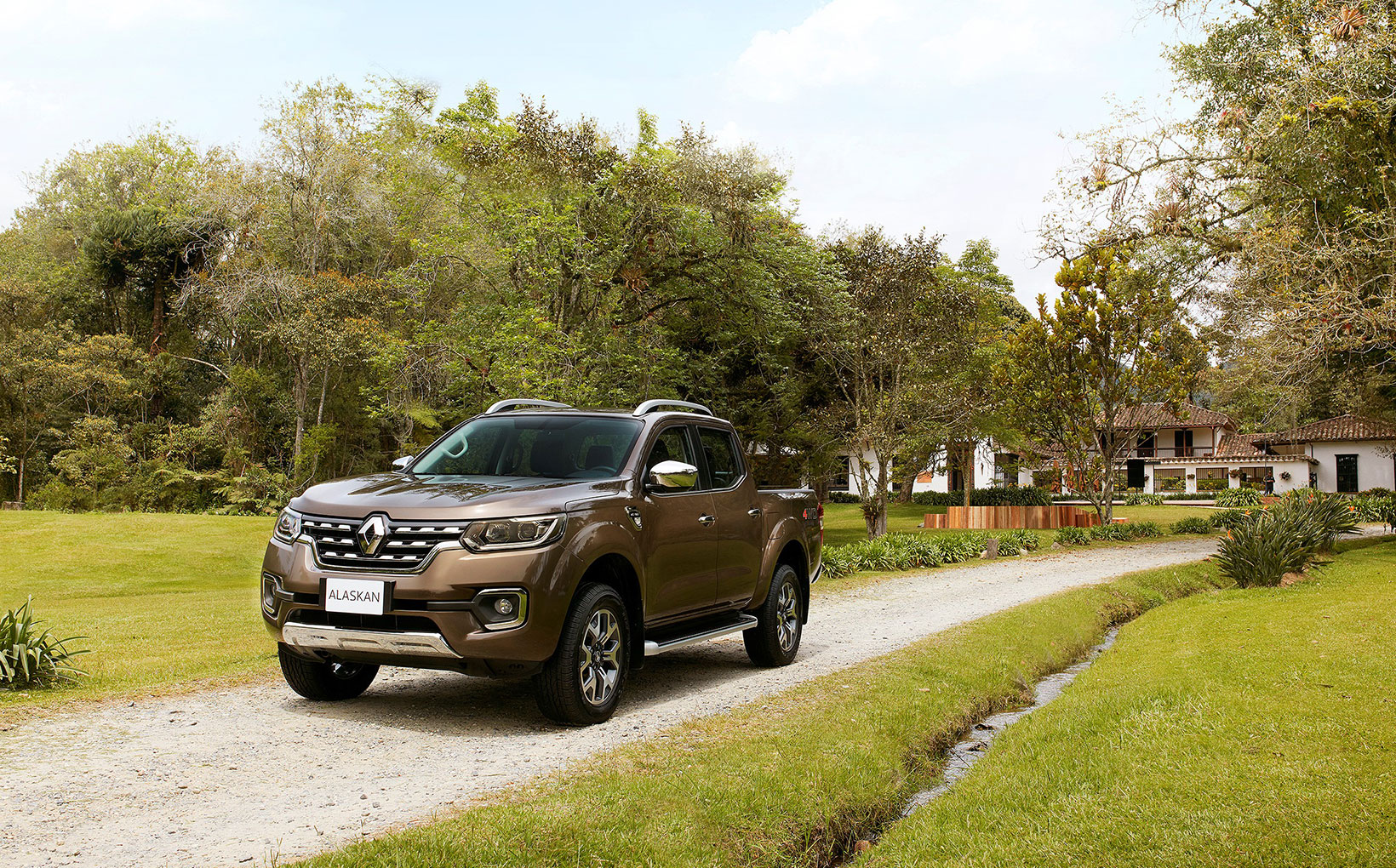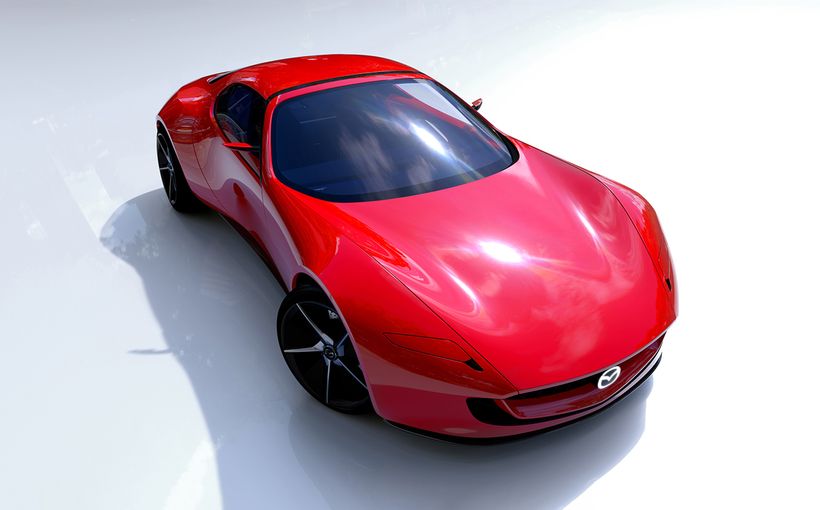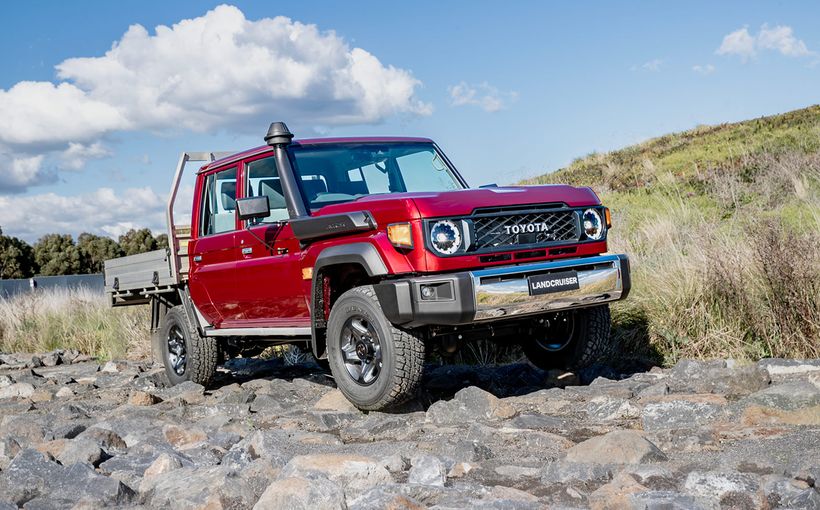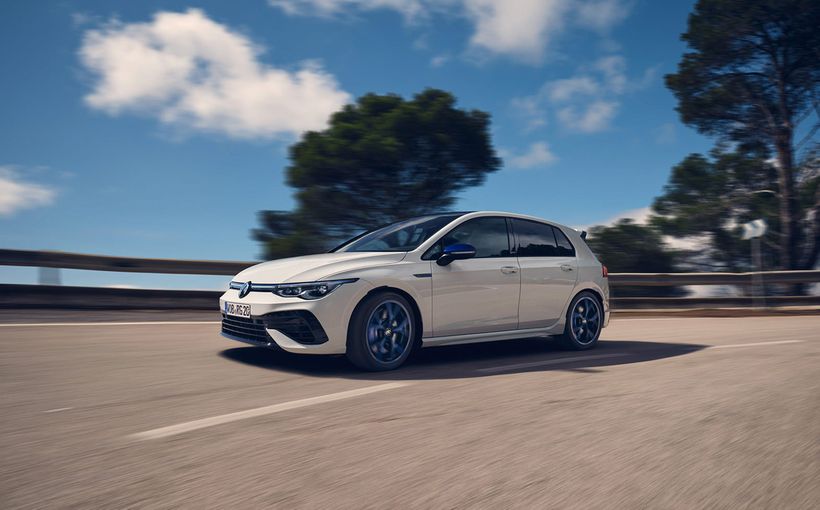Has the Renault Alaskan got what it takes to take on the competitive one-tonne market?
VARIETY, they say, is the spice of life and a truer thing could not be said of the Australian automotive market, but offering the right ratio of cash-cow to brand hero models is the holy grail that all car-makers strive to crack.

At the one end of the spectrum a manufacturer ideally needs a halo model to create allure and prestige for the brand and while customers flock to showrooms to see the limousine, sportscar or luxury SUV, they will buy the more mainstream models – which form the other part of the recipe.
Among the plethora of ever expanding and evolving vehicle segments are a number of notable lucrative examples including the compact SUV, which car-makers have been falling over themselves to offer in Australia.
There are exceptions to the rule such as McLaren, which will provide you with a number of options as long as you want a carbon-fibre rear-wheel-drive sportscar with a turbocharged V8 mounted in the middle and funny doors.

But like the compact-SUV segment, a manufacturer has a clear advantage in our great land of golden soil and wealth for toil if they can offer the most Australian of vehicles – the tough, rough and ready one-tonne ute.
And thanks to the longstanding alliance with Nissan, Renault is now able to compete.
Dubbed the Alaskan, the French car-maker’s one-tonner is mechanically almost identical to Nissan’s new Navara and will debut in Colombia before heading Down Under most likely in 2018.

The production version follows a concept that first got chins wagging in September last year, and confirms Renault’s reports that the ute that will go on sale shares much with the show car that previewed it.
Gone are the camera mirrors, roof-mounted pod and mud-plugging tyres but other than that, the showroom version is virtually unchanged over the concept.
Its headlights, grille, foglight surrounds, pumped arches, tail-lights and profile are all unchanged in the transition from concept to road, while a set of side steps and roof rails are new additions.

Only the top-end and family friendly double-cab version has been shown at this stage but, like its Navara cousin, it is expected to be joined by a surfeit of variants, bringing single-cab, dual-cab, two- and four-wheel-drive options.
For the Navara, Nissan took the clever decision to offer load-lugging leaf rear suspension for the more trade-focused variants, while the five seat dual-cab version has a coil-sprung tail for better occupant comfort – a feature the Alaskan will also share.

It’s a similar story with powertrains with a twin-turbo 2.3-litre diesel powering the top-end vehicles, which has been lifted from Renault’s most powerful Master van.
Other engine options will be on offer, depending on the market, with a 119kW 2.5-litre petrol and a pair of 2.5-litre diesels producing 119kW and 142kW respectively. Torque is not specified.
Mercedes-Benz will also soon join the segment with a ute based on the underpinnings of the Navara and the Alaskan, and while it may take a bit of getting used to, the French brand is not completely new to the ute.

In 1950, Renault launched the Colorale which shared many of the product philosophies of its new Alaskan. It was available in a number of body-styles including pick-up, wagon, van, cab-chassis and even a seven-seat taxi and all could be specified in either two or four-wheel drive.
Unlike some soft-roaders offered today, the Colorale had genuine off-road promise and even competed in the 1951 Algiers-Cape Rally, covering 15,000km at an average speed of 50km/h.
Later, Renault would offer a version of its iconic Renault 4 as a pick-up, which also had some surprising all-terrain ability thanks to a clever long travel suspension system and generous ground clearance.

So when you first catch sight of an Alaskan on (or off) Australian roads, remember that the diamond badge isn’t quite as wet behind the ears when it comes to go-anywhere utes.
Renault senior vice president of corporate design Laurens van den Acker said the new arrival to the Renault family had styling that would allow the Alaskan to slot into hard-working or more leisurely roles.

“The Alaskan’s imposing front-end design and the muscular lines suggest power and strength,” he said. “Alaskan brings a breath of fresh air to the pick-up world and enhances the customer experience irrespective of whether it is used for business or leisure.”
But is Renault a little late to market Down Under in a segment where more brands join in seemingly by the month, or is there still room in the tough ute category for Renault to succeed?
Daniel Gardner GoAuto.com.au
Protect your Renault. Call Shannons Insurance on 13 46 46 to get a quote today.









